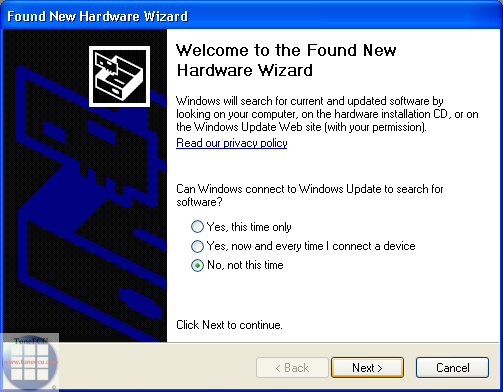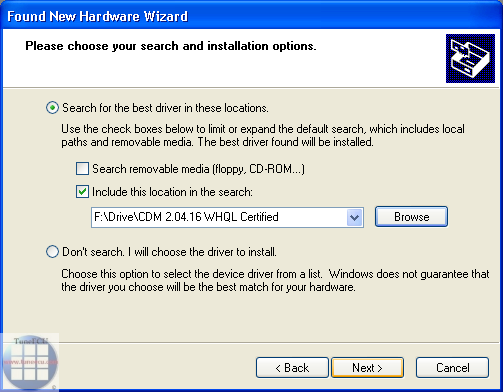No Motobike Manufactor have had involvement in this product.
The use of a manufactures name and / or model designation to describe
the motorcycles on this site does not imply that the manufacturer endorses
the use of this application.
on the use of maps. Except the brief descriptions available on the site, no additional information
will be provided on the maps, for any additional questions, please ask in the appropriate forums.
No support when it comes to such trivial questions as:
- Is my bike compatible and which functions are supported (see simply in the Bikes List)
- Which cable do I have to use and where can I get it (see simply "System requirements")
- Which Bluetooth adapter do I have to use, etc., questions that everyone can answer for themselves
if they only deal a little with the instructions and the software itself.
- Host-capable (OTG) Smartphone or tablet with Android system, Android version 4.4 at least,
- dual Core 1.2Ghz mini.
- RAM 4 GB mini.
- USB OBD2 KKL FTDI cable (It can be the same cable, used for the Windows version)
- Host Cable / host adapter (also OTG-cable or OTG-adapter called)
- Optional - Bluetooth adapter ELM327, V 1.4 or 1.5.
- For Android systems no driver are required.
- For Aprilia ECU's, additional components are required, follow this link.
- For KTM ECU's,
additional components are
required, follow this link.
- For Benelli ECU's, additional components are required, follow this link.
- For Ducati, Moto Guzzi & Moto Morini ECU's, additional components are required, follow this link.
- For Husqvarna ECU's, additional components are required, follow this link.
Installation Guide of TuneECU for Android:
HERE as a PDF file for download.
1.2.1 Registration Guide:
HERE as PDF File for download
You can find more information about the Android version of TuneECU HERE
Installation TuneECU for Windows The Windows version and support is no longer available.
Please use the Android version of TuneECU.
System requirements for the windows Version of TuneECU:
-
Computer:
PC or Netbook , running Windows (XP, Vista, Windows
7/8 & 8.1, Windows 10 (32 or 64 bit)
(except Windows RT & Windows Phone)
Use TuneECU with Windows 7,8 or 10, basically with admin rights. - USB 2.0 or better.
- 1024x576 display and NET
Framework Vers. 2.0 and
upwards (XP only).
- USB/OBDII
KKL cable with FTDI chip set (other
cables will not work) and associated
CDM ver. 2.06.00 drivers (D2XX) or higher.
Note: for Windows 8 & Windows 8.1 from driver vers. 2.08.28, select here the driver package
for manual installation.
From driver version 2_08_30, works with WIN 8 & 8.1, the automatic installation via
Windows driver update.)
For Windows 10, the drivers are automatically installed via Windows Update.
Installation of FrameWork 2.0 (XP only)
1. Download FrameWork 2.0, here the Link
2. Run dotnetfx.exe and follow the instructions. .
Installing the Windows
drivers (for the Windows version of TuneECU only):
The Windows version and support is no longer available.
Please use the Android version of TuneECU.
Windows 7
and Vista users: MAKE SURE YOU ARE NOT
connected to the internet. Disconnect any
WIFI or Ethernet cable.
Otherwise Windows will download the latest driver automatically, which
may not
be compatible with TuneECU (if your
cable came with a
CD of drivers..do NOT
install them)
FTDI also offers the driver with an installation
routine the points 2-9 of the manual installation not necessary
when using this version. Not for Win 8, select here the driver package
for manual installation.
(From driver
version 2_08_30, works
with WIN 8 & 8.1, the automatic installation via
Windows -
update.)
Just run the setup.exe of the FTDI-driver and
then plug in the USB cable to a USB port. The previously
installed FTDI-driver are automatically assigned to the USB cable.
For Windows 10,
the drivers are automatically installed
via Windows Update.
1. Recommended FTDI CDM Drivers (D2XX) download here and extract the ZIP file.
2. Plug the cable into a USB port.
3. The PC will open the Found New Hardware Wizard to install the USB/Serial driver:

4. Choose “No, not this time” for the connection to Windows Update.
5.
Click Next. You see this screen:

2
6. Under the checkbox for
"Include this location in the search… ", select the path where you have
downloaded
and saved the drivers.
7. Click on “Next”
8. The USB driver is installed. Click Finish when complete.
9. Repeat the above steps for the serial driver.
Driver Installation of USB/RS232
converter, required if your computer has
no serial
interface (RS232) has.
Use the
drivers that came with the
cable.
Drivers
limitation for the USB-Tuneboy-cable
(Windows System only):
The TuneBoy cable works only with the ancient FTDI driver from
TuneBoy's own site.
For WIN8/8.1
& WIN 10 unfortunately, the tuneboy driver is to install only
with a trick.
For WIN8 / 8.1. See here.
With Windows 10 is similar.
The problem is the enforced driver signing in Windows8,
Windows 8.1 & Windows 10.
The hardware id of TuneBoy cable is different vs. a generic/TuneECU
FTDI cable.
So even though both cables have same chip, the TuneBoy cable needs the
matching
driver from the TuneBoy site.
Restrictions
on the use of the serial
TuneBoy-cable (Windows & Android
System):
The serial TuneBoy-cable can
also be used with TuneECU, but is a USB-Serial-Adapter necessary,
which has a FTDI-chip-set. Good example is here the Digitus DA-70156
USB-Serial-Adapter.
Problems with the driver
installation ? (Windows version only)
For example, Windows reports: can not find driver software for this
device
Please read this post from www.triumphrat
net.
Another source for help is the
FTDI-support.
If you have any problems with the installation of the FTDI driver,
please use the support of FTDI
under http://www.ftdichip.com/Support/Documents/InstallGuides.htm,
there are support documents,
the selection of documents must correspond Your used operating system.
All
care has been taken in the creation of this page, however, the author
cannot guarantee the completeness and accuracy of this
information.
